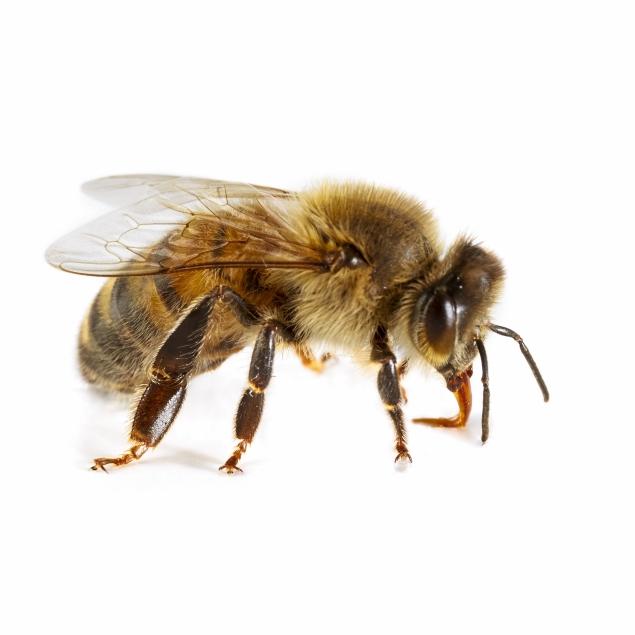Bee Health Concerns Create Buzzworthy Efforts
Bees may be only one of Mother Nature’s 20,000 pollinators, but they are one of the most vital and recognizable when it comes to sustaining wild and agricultural plant life.
Apiculture (beekeeping) and agriculture have coexisted for hundreds of years and continue to benefit from each other.
Here are some interesting stats about bees and agriculture.
- 1 out of every 3 bites of food benefitted from bees
- 70% of fibrous plants benefit from bees
- 90% of all flowering plants benefit from bees
- Bees will travel up to five miles for forage
- Bees can impact crop yields by up to 10%
*Stats provided by Bayer Crop Science
Concerns have arisen in the last few years about bee health and widespread colony collapse. There is not one single factor, but three when it comes to bee health concerns: pesticides, parasites and beekeeping practices.
Among the many parasites that affect bees, the Varroa mite is the toughest, and is even tougher to control.
While it is rare, some agricultural products can affect bee health, but there has been no link to colony collapse like that of the Varroa mite. Countries like Australia who don’t have the Varroa mite don’t experience colony loss.
Nonetheless, companies like Bayer Crop Science and others have made a long-term commitment to bee health and are collaborating with beekeepers, farmers, equipment manufacturers and scientists to minimize any negative consequences from the agricultural community. Those efforts include bee health research, new seed treatment options, precision pesticide applications and even planter adjustments to keep dust down. Click here to learn more about Bayer Bee Care efforts.
Good work is already taking place in South Dakota, as it is in much of the country. Increases in precision agriculture practices and cover crop acres both benefit bee health. To top that off, a new NRCS pollinator habitat program was established with the passing of the new farm bill and will provide bees and other pollinators with quality habitat during the spring months when there is little forage available.
Bees are a big deal in South Dakota as the state ranks 2nd in honey production totaling 17 million pounds in 2012. The climate, soils and topography provide for quality conditions when it comes to honey bee habitat during the summer months.
Overall, commercial beekeeping has flatlined but a representative from the state’s Department of Agriculture recently noted that hobby beekeeping in South Dakota is on the rise.

